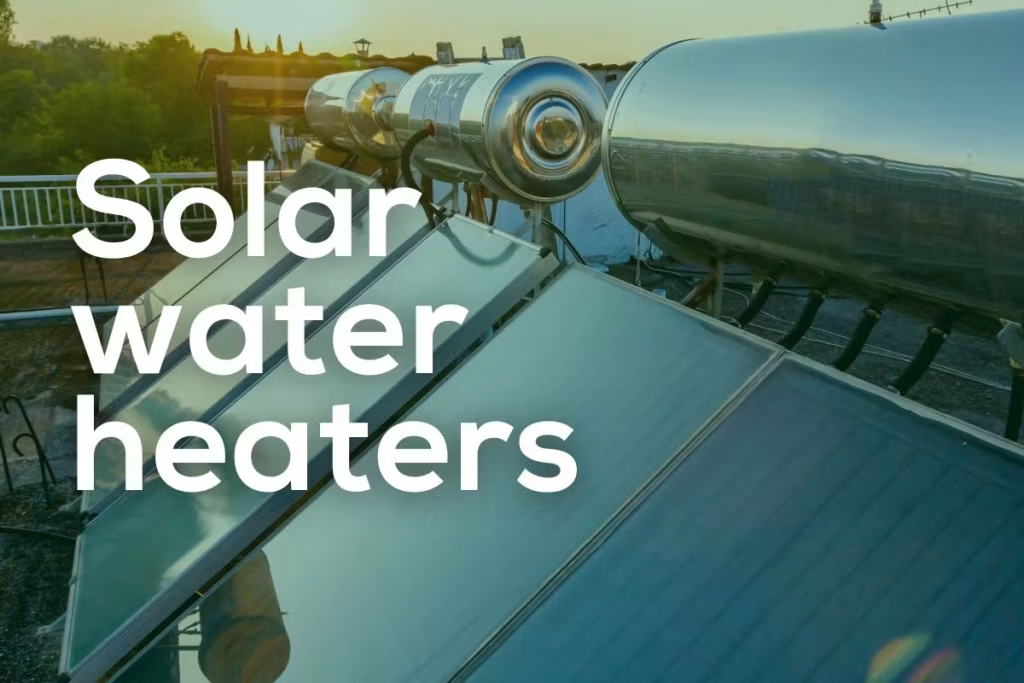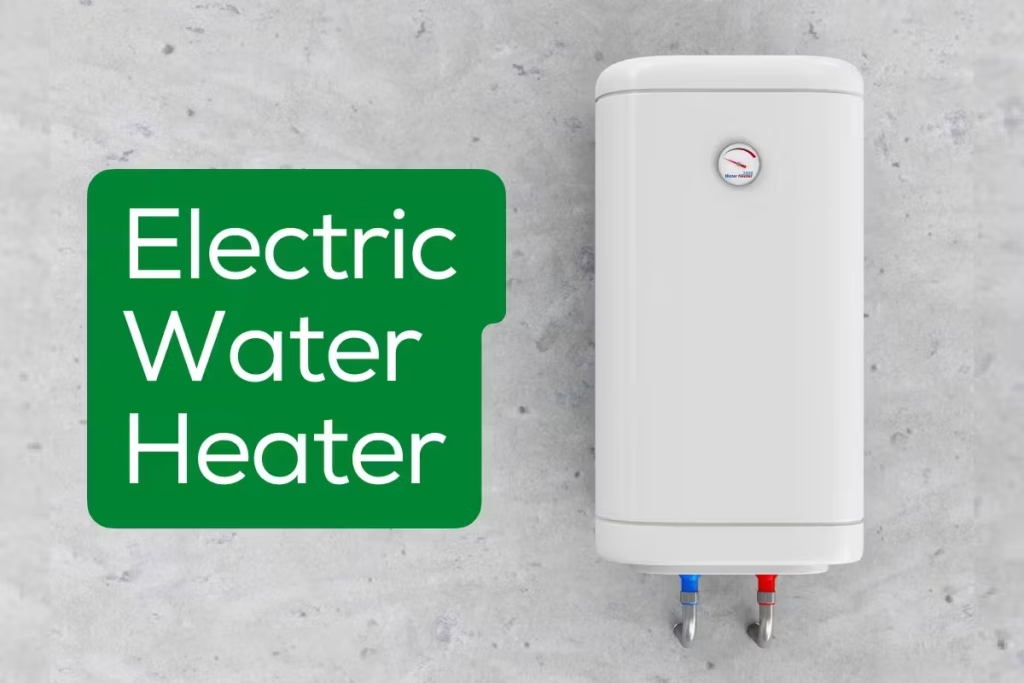
Australians’ energy costs are rising rapidly, which is why the number of water heater systems installed in Australia increased by […]

Gone are the days when you had to pay hefty amounts to get hot water flowing in your taps; the times have changed for the better.
Whether you are a fan of warm summers in Darwin or the cold sea breeze of Canberra, the need for hot water is always there.
Before the surge in energy efficiency trends in hot water systems, it was expensive to ensure a warm source of hot water.
The resources used in the past were Wood-Fired Boilers (that heat boilers using wood-burning stoves), Copper boilers (large vessels made of copper and heated over an open flame using natural gas or burning wood), and Kerosene Burners (using kerosene burners to heat water)
All these approaches took time, were inefficient, and proved to be harmful to the ozone layer due to the greenhouse gasses they emitted.
In 2006, the total greenhouse gasses emitted were equivalent to 576.0 million tonnes of CO2. The energy sector alone was responsible for about 69% of these toxic emissions.
Seeing these trends of increased CO2 emissions, the government started encouraging both industries and domestic users to adopt energy-efficient hot water systems across the country. For this purpose, they introduced incentives such as:
This federal initiative allows homeowners to earn STCs upon the installation of energy-efficient hot water systems. These certificates represent the electricity saved over the system’s lifespan. The certificates can be sold to offset the installation costs.

In Victoria, the VEET scheme provides incentives for households to replace old inefficient systems with more energy-efficient alternatives. Homeowners can generate Victorian Energy Efficiency Certificates (VEECs) that can be sold for a discount on the new system.
Introducing these benefits encouraged many Australians to move towards energy-efficient hot water systems; here are the 3 most popular choices for domestic and commercial use:
Solar is by far the most abundant, powerful, clean, and consistent energy source available. Australia is one of the sunniest countries, with some regions having 300 plus sunny days hence opting for solar-energy heating systems makes a lot of sense.
Although the initial investment required to set up the system is high (up to USD 7000), it could pay off in just a couple of months.
After the initial upfront investment, solar systems have very low running costs, so they can drastically reduce costs related to water heating (a major contributor to monthly electricity bills) and prove to be a good investment in the long run.
After switching to solar you can rest assured that hot water will be available whenever you need it. Even when the sun is not shining bright, the system can still provide you with hot water thanks to the latest technologies now used in solar panels.

After solar systems, the second most popular choice is heat pumps. Like solar systems, heat pumps are also eco-friendly.
They heat water by absorbing heat from the surroundings using a refrigerant gas and pumping it through the pipes surrounded by water.
This refrigerant gas absorbs heat from the surroundings and releases it into the water. Since this system uses ambient air heat, it is highly effective in hot and sunny areas.
Although the upfront cost is also high in this case, it can save a lot on energy bills over time, making it a good long-term investment.

These systems use electrical resistance coils controlled by thermostats within an insulated tank. Cold water enters through a dip tube where it’s heated, and the hot water is drawn from the top.
A pressure relief valve is placed for safety purposes and an aluminum rod is installed inside the tank to avoid corrosion. The initial cost of the system is not that high compared to other systems; however, a significant amount of electricity is used to run the system, making it expensive to use in the long run.
On the other hand, these systems are easy to install and maintain, and in a country like Australia, there is no shortage of electricity. These systems are also highly efficient, wasting almost no electricity in the process.

When it comes to making processes efficient, modern technology has come a long way.
It now provides features like remote access to your hot water systems and apps that display all the stats at a glance and allow you to customize a ton of settings like on/off timings, electricity bill prediction, and providing suggestions using AI to maximize the efficiency and minimize the cost of running the system.
Heat pump water systems are the most energy-efficient option, using up to 70% less electricity than traditional heaters and cutting energy bills by 60%. They are 3–5 times more efficient than electric systems and outperform gas and solar in long-term savings.
In Australia, the upfront costs range from $2,500–$4,000, but rebates of $1,000–$3,000 make them as affordable as gas and cheaper. They reduce carbon emissions by up to 4 tonnes annually, with the lowest operating costs.
Though they require ventilation and can be slightly noisy, their efficiency, cost savings, and environmental benefits make them the best choice.
Solar hot water systems work best in sunny areas, and Australia is abundant in sunlight.
The upfront cost is high, however government incentives and rebates can cover part of that. The overall operating cost of the system is low compared to other methods, and the price of solar solutions has recently dropped significantly as the reports from the International Renewable Energy Agency suggest.
Moreover, opting for solar hot water systems can also help fight global warming as the reports from Solar Market Australia suggest that using solar power can cut down on greenhouse gas emissions by 1.75 – 2.05 tonnes per annum.
These solar systems have a low carbon footprint and are eco-friendly.
Overall, such systems are a good choice if you can bear the relatively high upfront cost, which will be recouped in just a few months.
Electric water heaters heat water faster than most other systems but at the cost of extreme energy consumption. They use up to 70% more electricity than heat pumps and produce 3–5 tonnes of CO₂ annually, making them one of the highest carbon-emitting options, especially when powered by fossil fuels.
Despite their speed, they have poor efficiency and contribute significantly to greenhouse gas emissions. While their upfront cost is low, their high running costs and carbon footprint make them an unsustainable choice compared to heat pumps and solar systems.